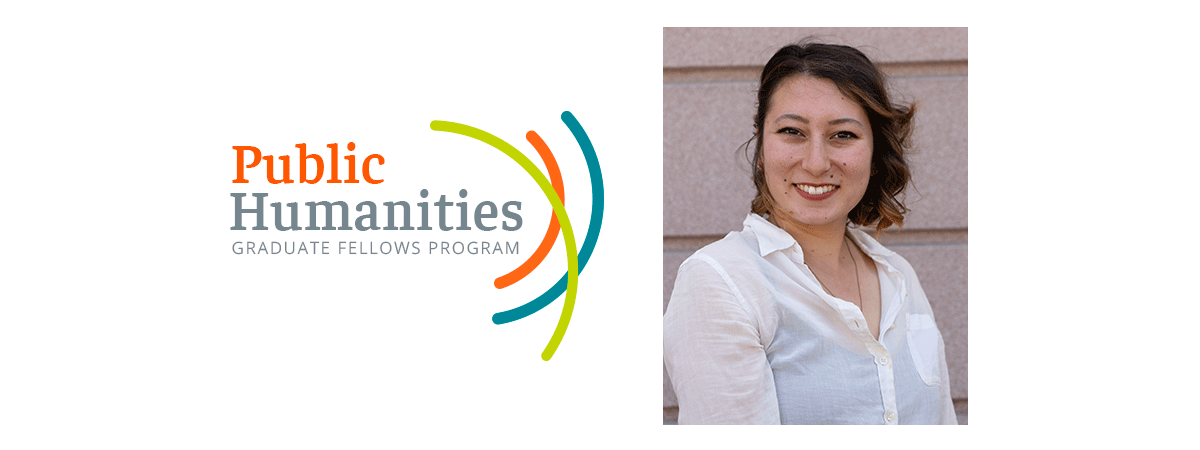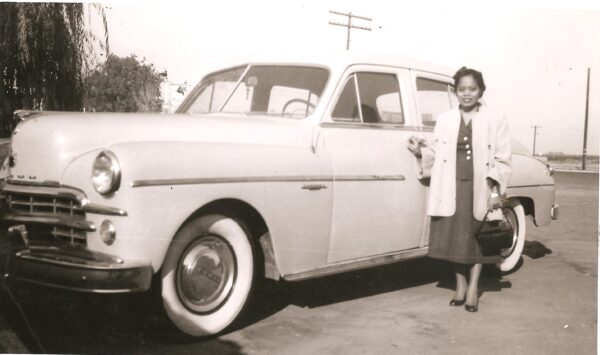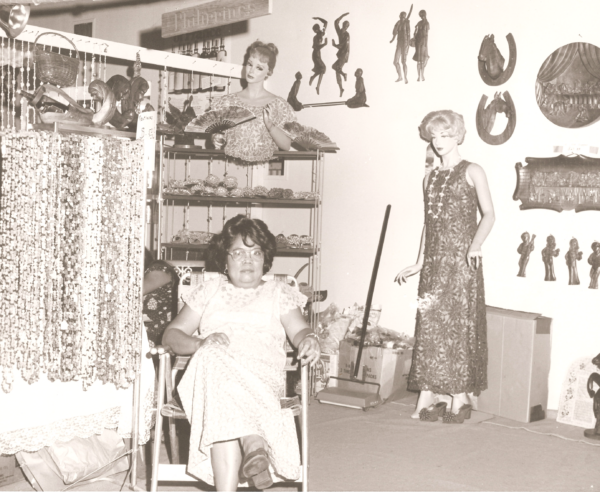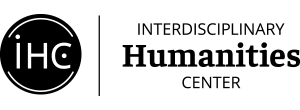
05 Aug Interview with Mika Thornburg on Interning with Digital Delano Archive
August 5, 2020
Mika Thornburg is a Ph.D. student in the Department of History. Her research focuses on Japanese migration in the post-World War II period and themes of empire, race, and gender. As an IHC Public Humanities Graduate Fellow, Thornburg recently completed an internship with Digital Delano, an archive hosted by Bakersfield College Delano Campus Library and funded by an NEH Common Heritage grant.
You recently completed an internship with Bakersfield College’s Digital Delano archive. Tell us about the archive’s mission and scope.
Bakersfield College’s Digital Delano archive is a community-driven digital archive, meaning it collects and digitizes local sources from the Delano community for the documentation and preservation of the community’s history and culture. It gathers collections through an open invitation to the community to contribute donations. Staff make digital copies of materials donated by community members and return the originals to their owners. This differs from more traditional archives where a curator or collections manager mediates and facilitates donations, deeming what is worthy for preservation and what is not. Digital Delano aims to collect artifacts and oral histories that enhance our understanding of the diverse cultural heritage of the Delano community. It is centered around preserving the history of the community it serves.
What interested you in this internship?
I was most excited about working with Digital Delano because of its community-focused collections model. Community members built their archive; the community—not scholars or professional archivists—decided what items and stories were important and worthy of inclusion. One thing I grappled with when conceiving of my dissertation project was where I would get my source material. The population my research examines—Japanese women who migrated to the US after 1965 and worked in tourism—posed some issues for conventional archival research. I knew from the beginning that I wanted to work with oral histories, but I also knew that I would have to find more creative work-arounds to find archival sources related to my population. Most archives do not tend to collect the sources of the people I wanted to study: people who are neither government officials nor famous. These women were tour guides. While they provided crucial work, they were pretty low in the corporate structure of travel companies. No one, beyond themselves, saved their materials.
When I heard about the work Digital Delano was doing and the way it collects sources through a community-driven model, I was immediately intrigued and excited. Archives like Digital Delano can have a huge impact on the making of history. Digital Delano makes history more democratic because it collect the stories and materials of those individuals and organizations that more traditional archives might deem not important enough to include in their collections. Digital Delano also offers an insightful model for how higher education institutions can partner with their surrounding communities to produce positive change for both the academy and the community they service.
What projects did you complete as a part of your internship?
I designed curriculum materials that use Digital Delano materials in the classroom to illustrate how instructors can incorporate the archive’s materials into lessons. The lessons I designed focused on and highlighted Digital Delano’s collection, “The Luz Arbolante Papers.” Luz Arbolante was a Filipina American writer who was deeply involved in Delano’s Filipinx community. In these lesson plans, students are asked to engage with Arbolante’s sources and think critically about her life, how her position as a Filipina immigrant shaped the sources she left behind, and what her sources reveal about local, national, and international issues.
In addition, I demonstrated the benefits and impact of including these materials in course curriculum in a presentation to Bakersfield College faculty. Archival materials in general are great teaching tools because they allow students to practice the work and skills of historians: primary source analysis, source contextualization, and consolidating evidence into a narrative. However, the archival sources that Digital Delano houses offer an even more important impact for Bakersfield students specifically and history more broadly. As a digital archive, Digital Delano materials are portable and can easily be brought into a classroom. Because these are sources from the community that many of these students have lived in, the materials have the capacity to personalize history for these students in ways that more “standard” or well-known primary sources cannot. These sources offer students a chance not only to engage with voices and stories from their own community, but also to think about how local history connects to larger narratives at the regional, national, and even international levels.
In connection with the lesson plans I designed, I also created an Oral History Guide that helps instruct students on how they can conduct their own oral histories, a course project I suggest in my lesson plans. Oral histories are a great way to preserve community history. Asking students to conduct their own oral history interviews with family or community members, and to donate their interviews to the archive, not only helps to grow Digital Delano’s collection, but it also allows students to participate in the making of community sources and history.

Luz Arbolante on her first day in Lamont, CA. Courtesy of Kim Arbolante and family.

Luz Arbolante pictured at her store Arbolante Imports, which sold goods from the Philippines, in Bakersfield, CA. Courtesy of Kim Arbolante and family.
How have Delano community members and other stakeholders engaged with the archive?
Delano community members have donated and helped to build the archive’s collection. However, broadening access to the collected materials is one initiative Digital Delano is currently working toward. One goal of my project was to widen engagement with the archive among students and faculty at Bakersfield College as a first step to facilitate greater community access and awareness.
How has your internship with Digital Delano shaped your thinking about publicly engaged scholarship and public humanities more broadly?
Working with Digital Delano has helped me to reflect on, articulate, and strengthen my position, approach, and commitments to historical study. It has also allowed me to see and experience a successful model of community preservation based firmly in and for the community it serves. In my view, Digital Delano presents a more democratic way of collecting history. Archives like Digital Delano offer an opportunity to change the contours of history, specifically whose history we collect, whose voices get preserved, and through whose eyes we are able to see the past. My experience with Digital Delano has illustrated to me that this kind of work is not possible without community engagement and partnership. These partnerships, such as the one Digital Delano exemplifies, offer mutually beneficial ways for the university to use its resources to help support surrounding communities, while also providing worthwhile, impactful educational and historical experiences to students.
How has your participation in the Public Humanities Graduate Fellows Program, and this internship in particular, informed your thinking about future directions of your research and career trajectory?
The Public Humanities Graduate Fellows Program and my experience with Digital Delano has illustrated the importance of doing community-engaged work, no matter where my career leads—inside or outside academia. As scholars, we must think about the various dimensions of our work and how our knowledge and resources can aid the communities we live in. However, my experiences in this program have also demonstrated the importance of listening—listening to community members and stakeholders and making sure that we are serving their needs. Working with Digital Delano illustrated to me the power and impacts that can result when academic institutions listen to the communities they reside in and serve. Listening and responding to the needs of communities benefits not only the communities being served, but also the academy and the future researchers and students of history. There is much that academic institutions can learn from the communities they reside in. Completing this program and internship has given me valuable experience in learning and exercising the skills and practices needed for me to make my aspirations of doing community-engaged work possible as I continue my graduate work.
Click here to learn more about IHC Public Humanities Graduate Fellow Internships.

